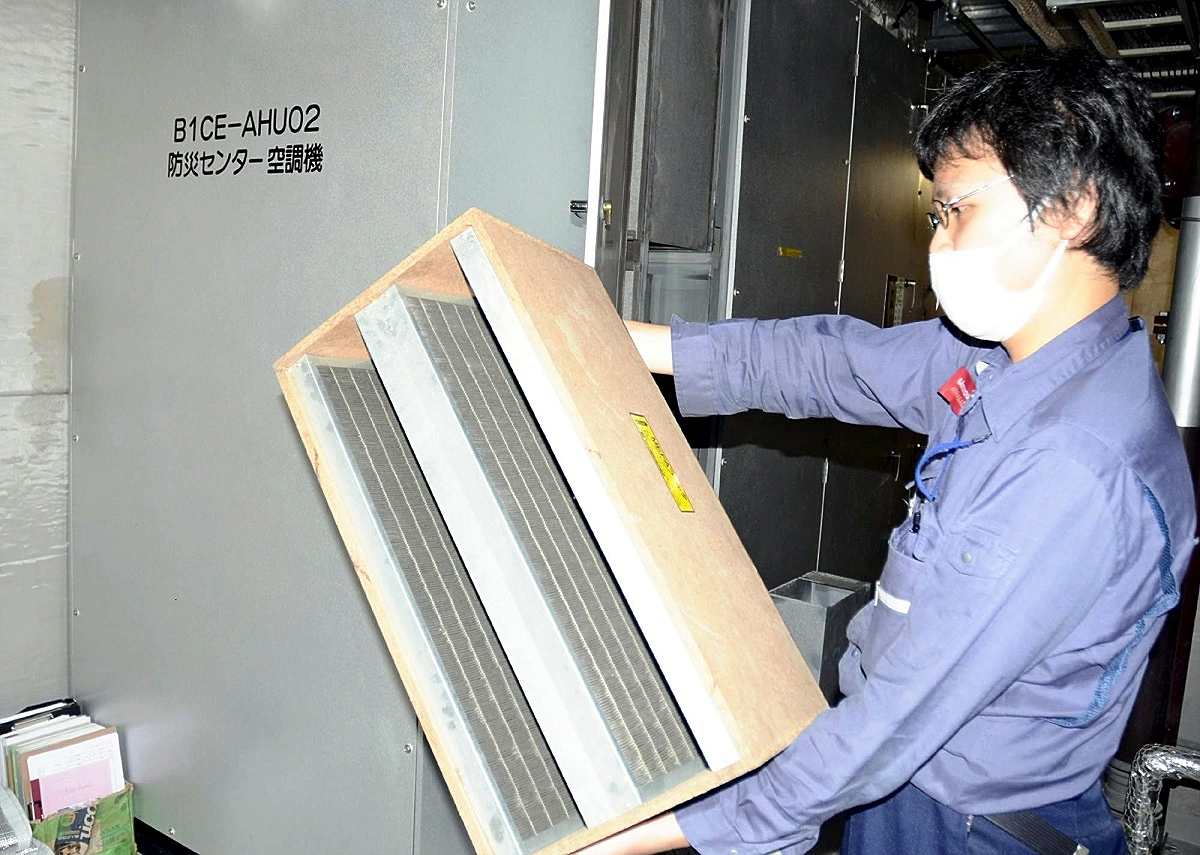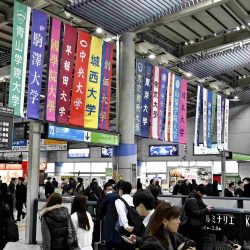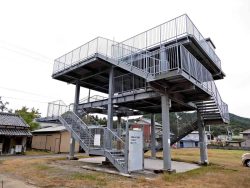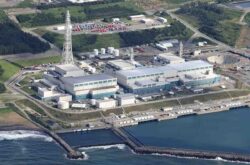Mt. Fuji Ashfall Forecasts to Get Upgrade; Ash from Eruption Could Cripple Tokyo’s Trains, Knock Out Power
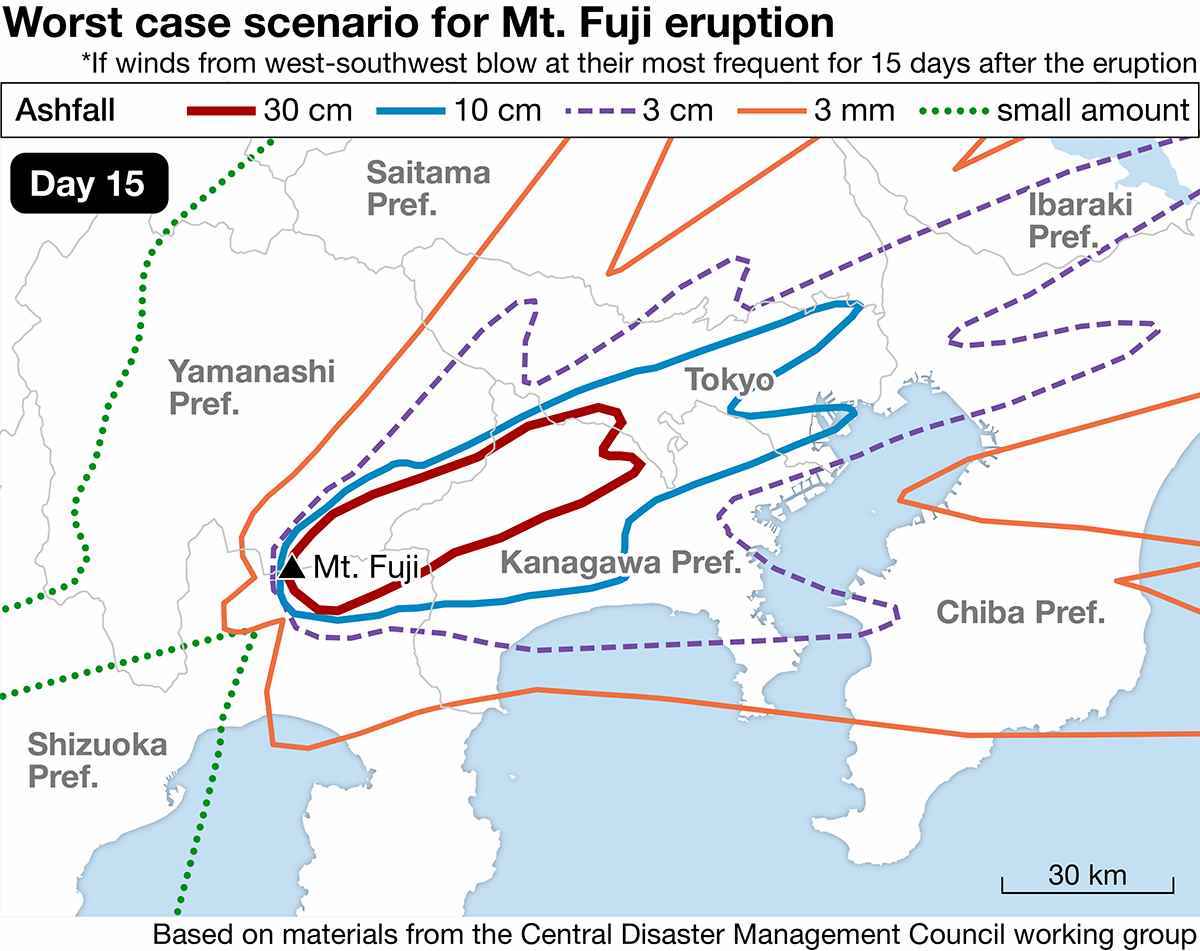
20:00 JST, September 5, 2024
The Japan Meteorological Agency has decided to launch more robust “wide-area” ashfall forecasts to prepare for the ash that would hit the Tokyo metropolitan area after a major eruption of Mt. Fuji. The system will be designed to predict ashfall over a wider area and over many hours.
An eruption of Mt. Fuji could bring more than 30 centimeters of ashfall in surrounding areas, resulting in serious damage, such as collapsed homes and paralyzed transport networks.
The agency aims for the system to facilitate prompt responses to a disaster. It plans to start developing the system from next fiscal year and launch it as early as within a few years.
During the past 5,600 years, Mt. Fuji is believed to have erupted every 30 years on average. However, it has not erupted for over three centuries, since the Hoei eruption.
After the Hoei eruption started on Dec. 16, 1707, ash from Mt. Fuji fell intermittently for 16 days and reached what is now central Tokyo, blown by winds at higher altitudes. Mt. Fuji is estimated to have shot out around 1.7 billion cubic meters of ash and other substances.
In 2020, the government released projections of the impact ashfall would have should Mt. Fuji erupt. In the worst-case scenario, ash would reach the Tokyo metropolitan area three hours after the eruption, paralyzing rail networks and causing widespread power outages due to a malfunctioning power transmission system. If the ashfall continues for about two weeks, there could be more than 30 centimeters of ashfall in Kanagawa and Yamanashi prefectures, while about 10 centimeters is predicted in central Tokyo. Up to 490 million cubic meters of ash would need to be removed. That would be 10 times the amount of debris cleaned up after the 2011 Great East Japan Earthquake.
Currently, the weather agency issues ashfall forecasts that predict the amount of ashfall and the areas that will be affected should a volcano erupt. The ashfall forecasts are divided into the following three levels: “1 millimeter or more,” “0.1 to 1 millimeter” and “less than 0.1 millimeter.” But these forecasts do not account for ashfall amounting to several tens of centimeters, and they are only for a maximum of six hours.
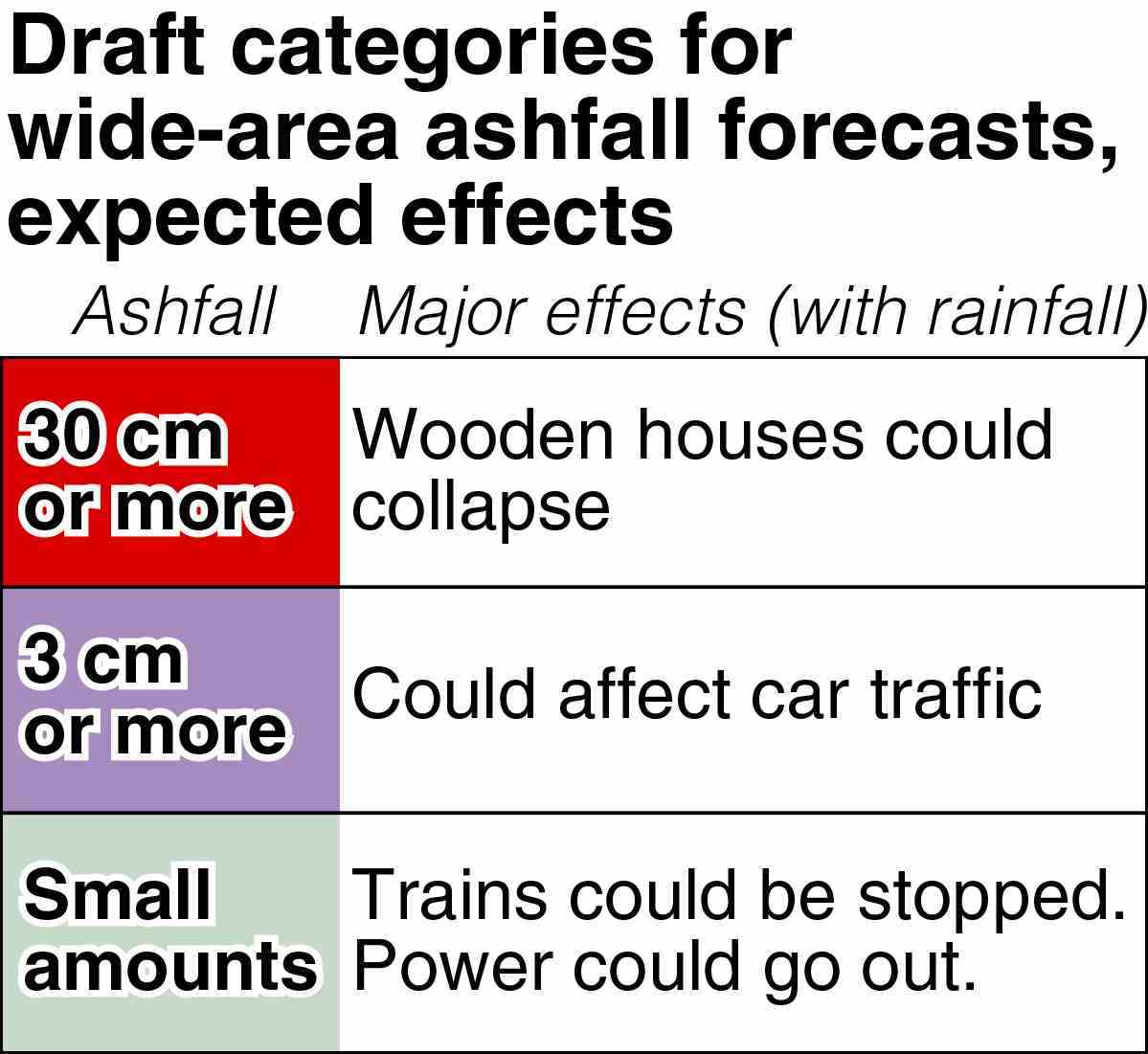
The wide-area ashfall forecasts would include predictions for a large-scale eruption at Mt. Fuji and other volcanoes. Officials are considering indicating the amount of ashfall over many hours under three categories: “30 centimeters or more,” “3 centimeters or more,” and “small amounts.”
The agency plans to set up a new post focused on planning and coordinating information on volcanic ashfall in the next fiscal year and accelerate efforts to introduce wide-area ashfall forecasts.
A panel of experts for the government is also discussing measures to take for a Mt. Fuji eruption and plans to compile guidelines by the end of this year.
Related Tags
"Society" POPULAR ARTICLE
-

M4.9 Earthquake Hits Tokyo, Neighboring Prefectures
-

Israeli Tourists Refused Accommodation at Hotel in Japan’s Nagano Pref., Prompting Protest by Israeli Embassy and Probe by Prefecture
-

M7.5 Earthquake Hits Northern Japan; Tsunami Waves Observed in Hokkaido, Aomori and Iwate Prefectures
-

Tsukiji Market Urges Tourists to Avoid Visiting in Year-End
-

High School in Kyoto Says Students Shoplifted during Recent School Trip to Bali, Indonesia
JN ACCESS RANKING
-

Tokyo Economic Security Forum to Hold Inaugural Meeting Amid Tense Global Environment
-

Keidanren Chairman Yoshinobu Tsutsui Visits Kashiwazaki-Kariwa Nuclear Power Plant; Inspects New Emergency Safety System
-

Imports of Rare Earths from China Facing Delays, May Be Caused by Deterioration of Japan-China Relations
-

University of Tokyo Professor Discusses Japanese Economic Security in Interview Ahead of Forum
-

Japan Pulls out of Vietnam Nuclear Project, Complicating Hanoi’s Power Plans
